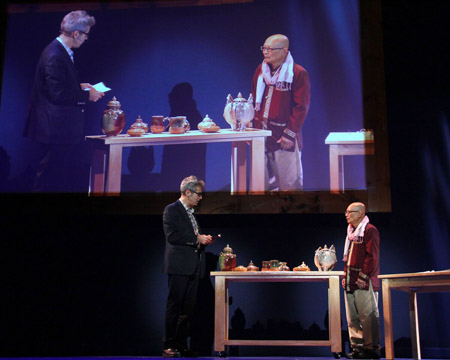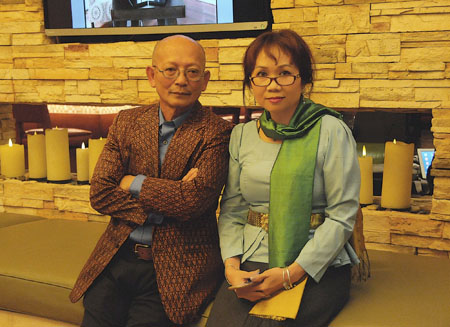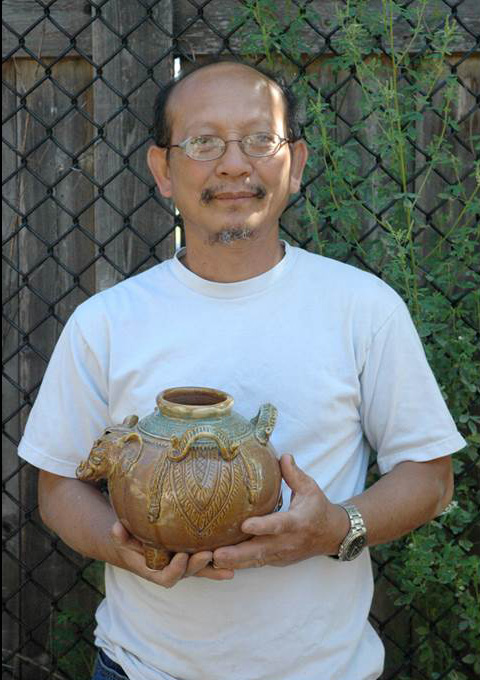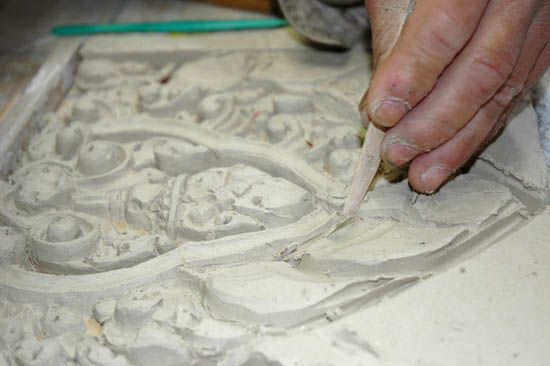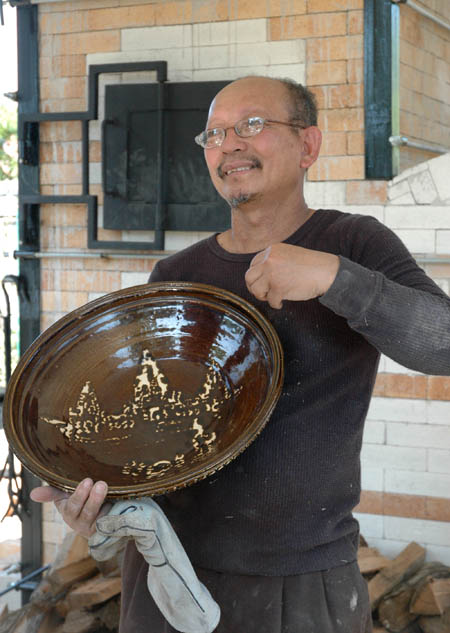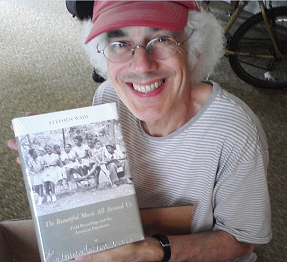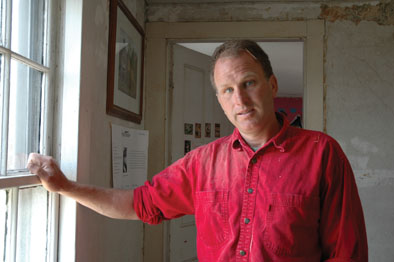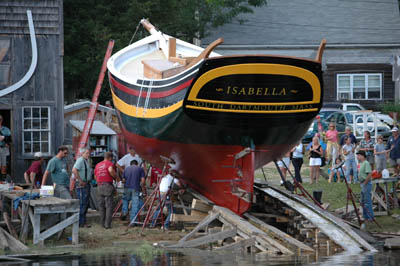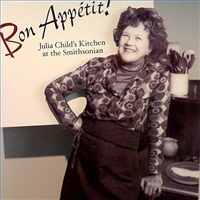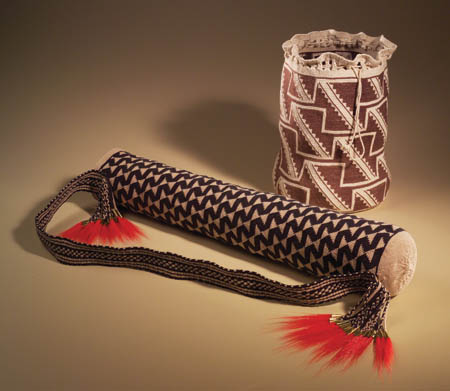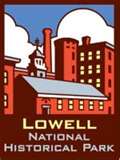.

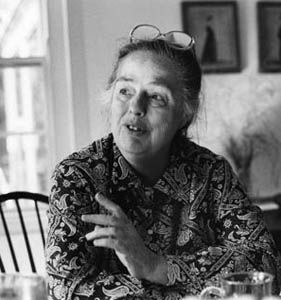
Addressing the American Folklore Society at the 1988 Centennial Meetings, Bess Lomax Hawes told a story about doing fieldwork, the sine qua non of the folklore profession. When she was teaching years ago, a student of hers had done an excellent term paper based on some folk curing beliefs which he had collected from an old lady in his neighborhood. By semester’s end he complained, “You taught me all about how to collect, Mrs. Hawes. What you didn’t teach me was how to stop collecting. That old lady lives on my block and every night when I come home, she runs out on the porch and says, ‘Hey boy, I just remembered another one!’ I keep trying to explain to her that my project is all finished, but she just won’t stop, and I’m starting to go up the alley when I go home just so I won’t run into her.”
“My dear young man,” Bess responded, “welcome to the grown-up world. It’s a place where real actions have real results, where real people have real feelings as well as real information. And it’s a place where old ladies actually think that people who say they are interested in what they know really are interested, and issues like course requirements and semesters and quarters are really irrelevant. You’ve gotten your A. Now you start to pay back.” (excerpt taken from Public Folkore, edited by Robert Baron and Nicholas R. Spitzer, 1992, page 68.)
Bess Lomax Hawes, a folklorist of national renown, died last Friday. Today’s Boston Globe pays tribute to her and the little piece of local folklore she left behind. During the 1940s, while raising her family in Cambridge, Bess sang with local folk groups and tried her hand at songwriting. Today’s Boston Globe story focuses on “Charlie and the MTA,” a song Bess co-wrote with her friend Jacqueline Steiner. The political ditty poked fun at the Massachusetts Transit Authority’s complicated fare system and went on to become a hit.
In addition to a career as a performer and teacher, Bess Lomax Hawes was a remarkably effective arts administrator. Rocco Landesman, current Chairman of the National Endowment for the Arts, reminds us that, during her 16-year tenure as Director of the NEA’s Folk & Traditional Arts Program, Hawes inspired her colleagues to re-imagine how a federal agency might serve often overlooked artists and communities across the nation. Hawes was largely responsible for creating this country’s version of the Japanese Living National Treasures program. The first National Heritage Fellowships were awarded in 1982 and they continue to be the country’s highest honor awarded to individual artists working in the traditional arts.
Finding, documenting, presenting, and honoring traditional artists is work that is carried out at the grassroots level. Bess was the driving force behind establishing the network of public folklorists we have in the United States today. My colleague Jeff Titon recalls the United States map Bess kept in her office: “Whenever a folklorist got a job in one of those states, a colored push pin went into the location. She used to point to the map with great pride as the number of pins, and states, and public folklorists, increased. It was as if this gentle lady was mapping an occupying army moving into positions around the country.”
Indeed it was Bess who took Jeff aside in the early 1980s and began asking him why there wasn’t a position for a state folklorist in Massachusetts. Jeff writes, “It wasn’t long before Jane Beck [founder of the Vermont Folklife Center] and I were lobbying at the state arts council, telling them that the NEA would fund a position for a state folk arts coordinator for three years, and that when the arts council saw how valuable it would be to have one, they would surely pick up the funding from then on. . . That is how the position that Maggie Holtzberg now holds with the Massachusetts Cultural Council originated. The pattern had been established before Massachusetts, and it was repeated in state after state.”
Many public folklorists, like myself, who were lucky enough to enter the field in the 1980s, were mentored by Bess. We looked to her for advice and wisdom. This is why, during the past few days, my email box has been overflowing with “Bess stories” — moving memories of this pioneering, principled, formidable, feisty, fun-spirited woman. We are often reminded of her in our daily work and will miss her presence in the world profoundly.

